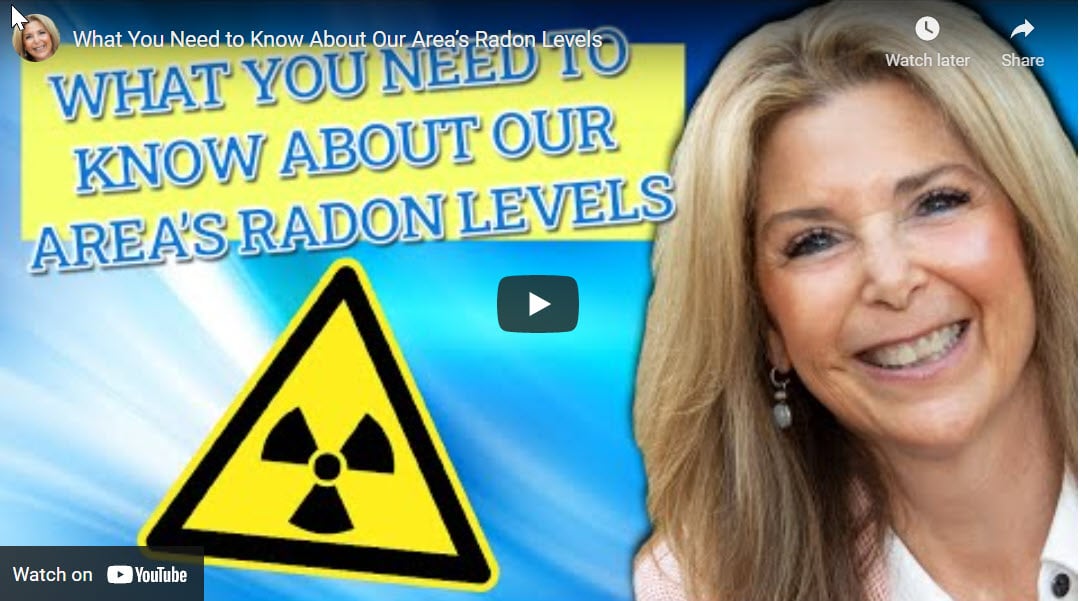Radon is a silent killer, so it’s important to be aware of its presence.
You’ve probably heard of radon before, but you may not know about all the devastating effects it can have on people. Today I’ll be filling you in on what radon is, what it does, and whether it’s a problem for residents of the Raleigh/Durham/Chapel Hill metro area.
Radon is a colorless, odorless, and tasteless radioactive gas that comes from uranium inside the earth. The gas can get into your lungs, attach to cells, and potentially cause cancer. This is why it’s such a concern—it’s impossible to detect without special tests, and its presence can have life-threatening results. The EPA has set the health standard for radon at 4 pCi/L (picocuries per liter). However, they still recommend mitigation for levels of 2 pCi/L or higher.
“We always recommend that homebuyers get a radon test.”
The radon testing lab in our area does a good job of tracking radon levels. At 1:29 in the video, you can see a map showing areas where they found radon levels at 2 pCi/L or higher. In Chapel Hill, 23% of their testing sites had levels above this threshold. Additionally, the numbers were 17% in Durham, 24% in Raleigh, and 15% in Cary and Apex.
We can also look at different types of construction and how they relate to radon levels. For example, homes with a crawl space had numbers around 10%. For homes built on a slab, the number is 26%, and homes built with a basement are around 57%. Finally, split-level homes are around 55%.
Needless to say, we always recommend that homebuyers get a radon test. Fortunately, it only costs around $125 to get a test done. If high radon levels are found, it’s also not very expensive to mitigate it.
If you have any questions about radon testing or inspections, or if you’d like to talk about buying or selling a home, feel free to reach out to us. We look forward to hearing from you soon.

